During the spring, an excellent pastime is to color the most beautiful flowers to print. And maybe create with the flowers to cut out lovely crafts.
Below, there are many images of flowers to color. These floral coloring pages are ready to color. Also, we make sure that everyone will surely like it.
Free Floral Coloring Pages
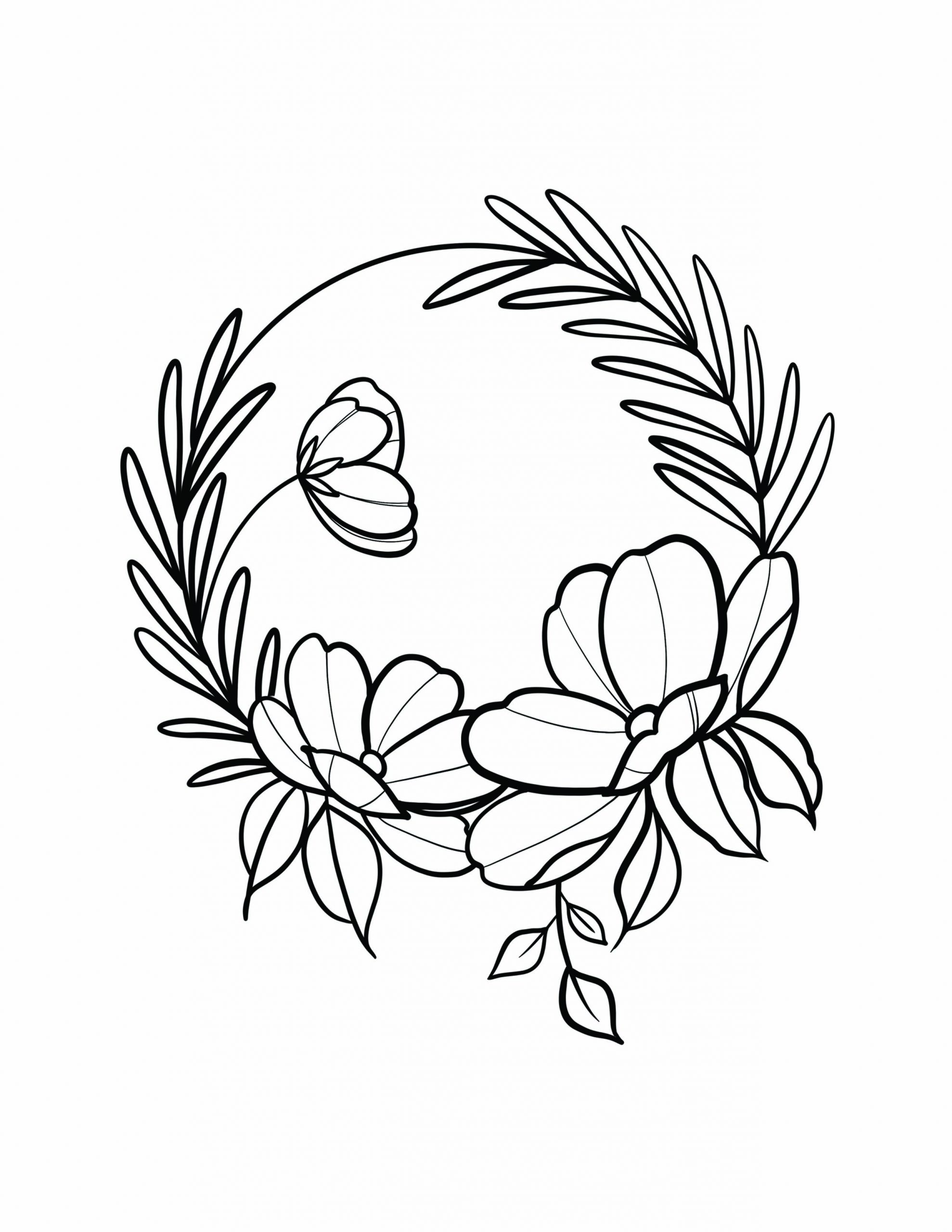
adult floral coloring pages 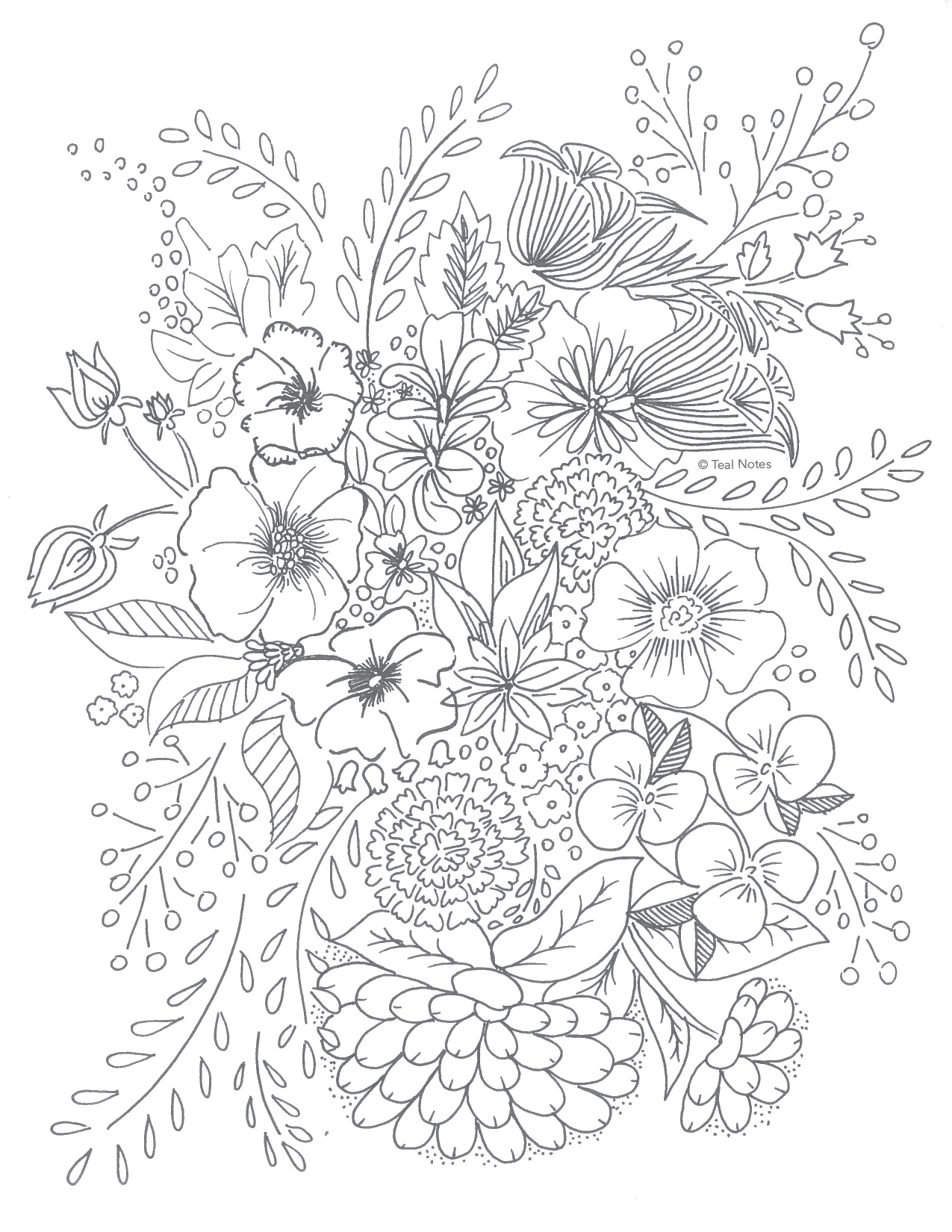
coloring pages floral 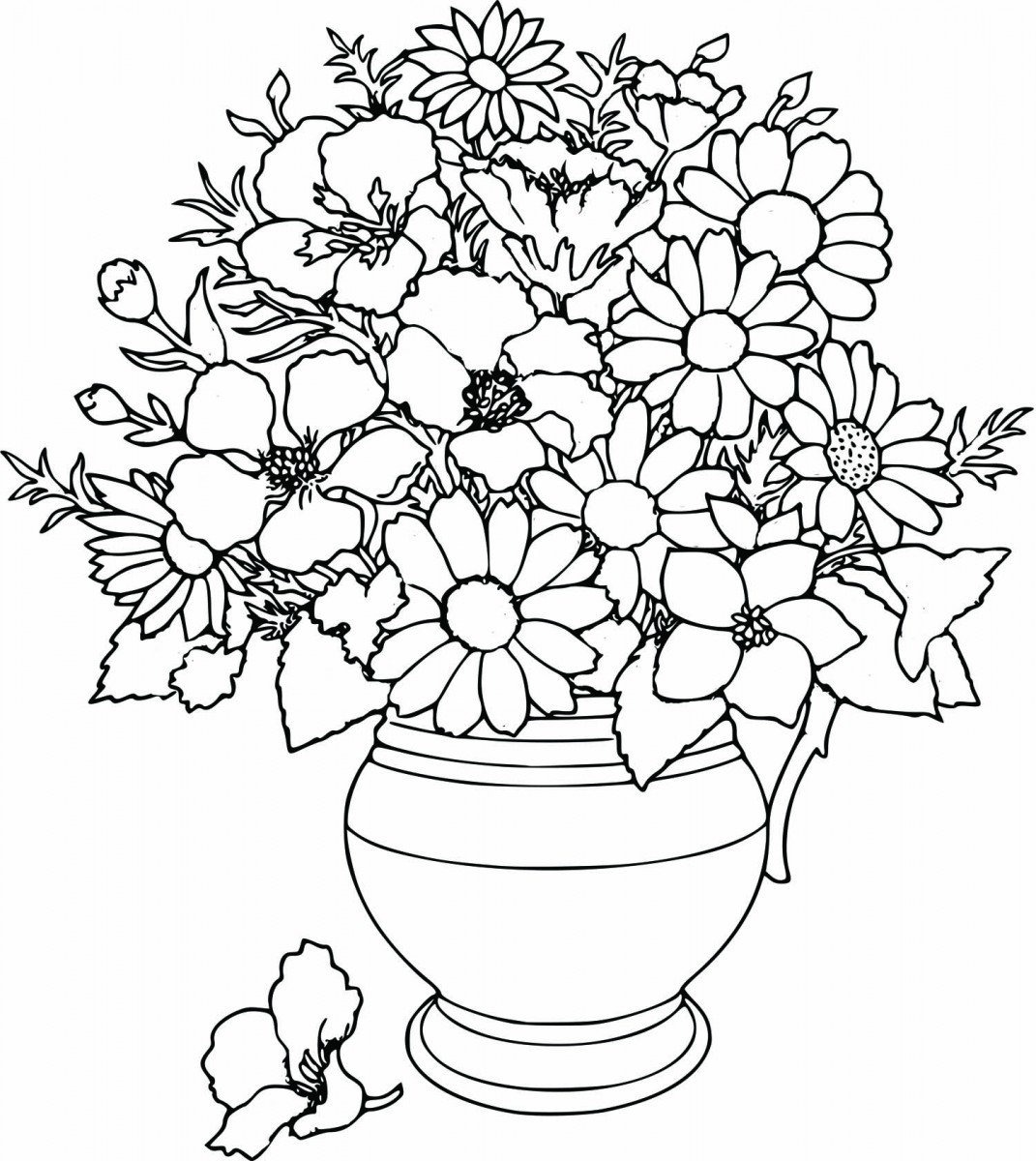
coloring pages for adults floral 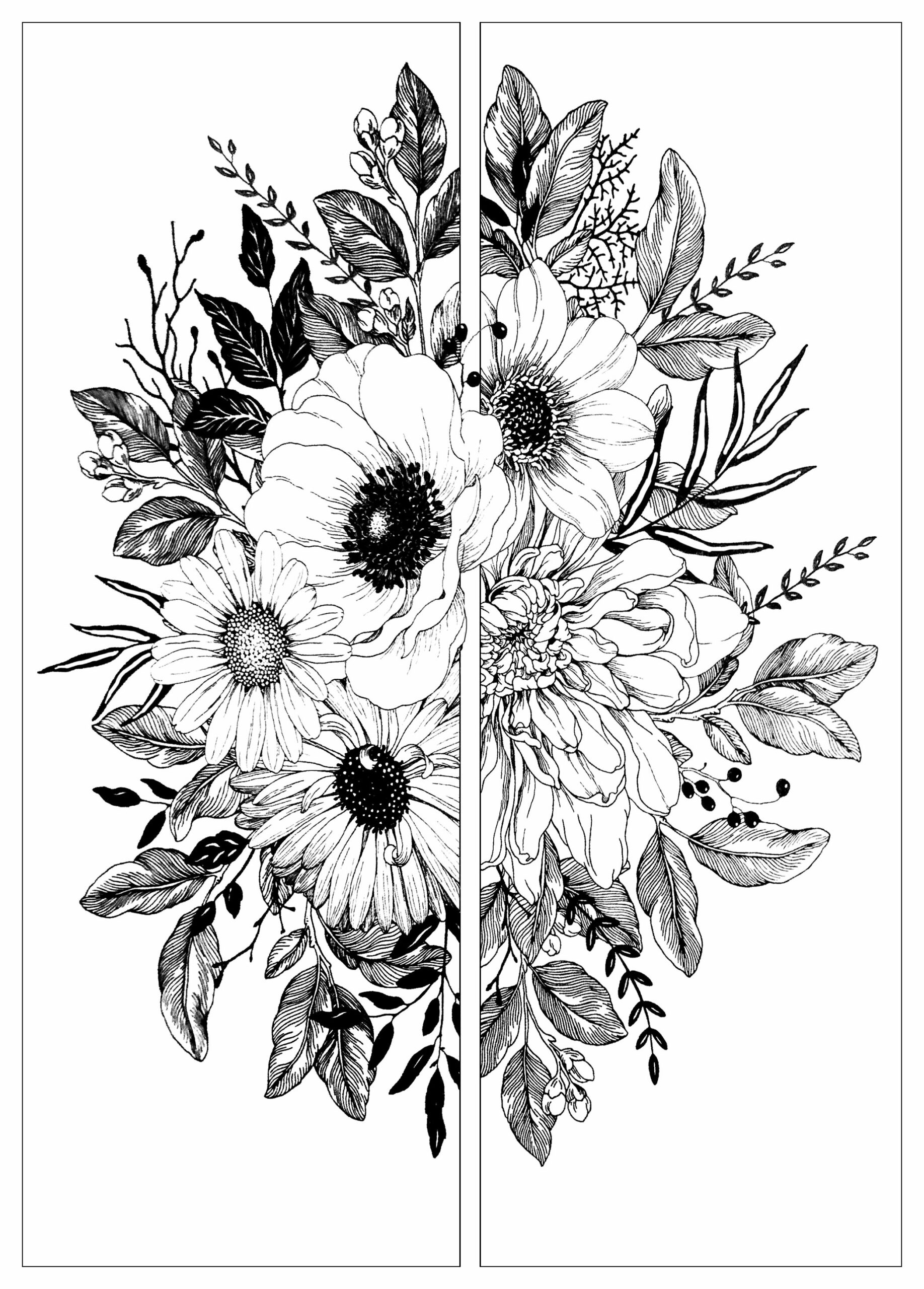
floral adult coloring pages 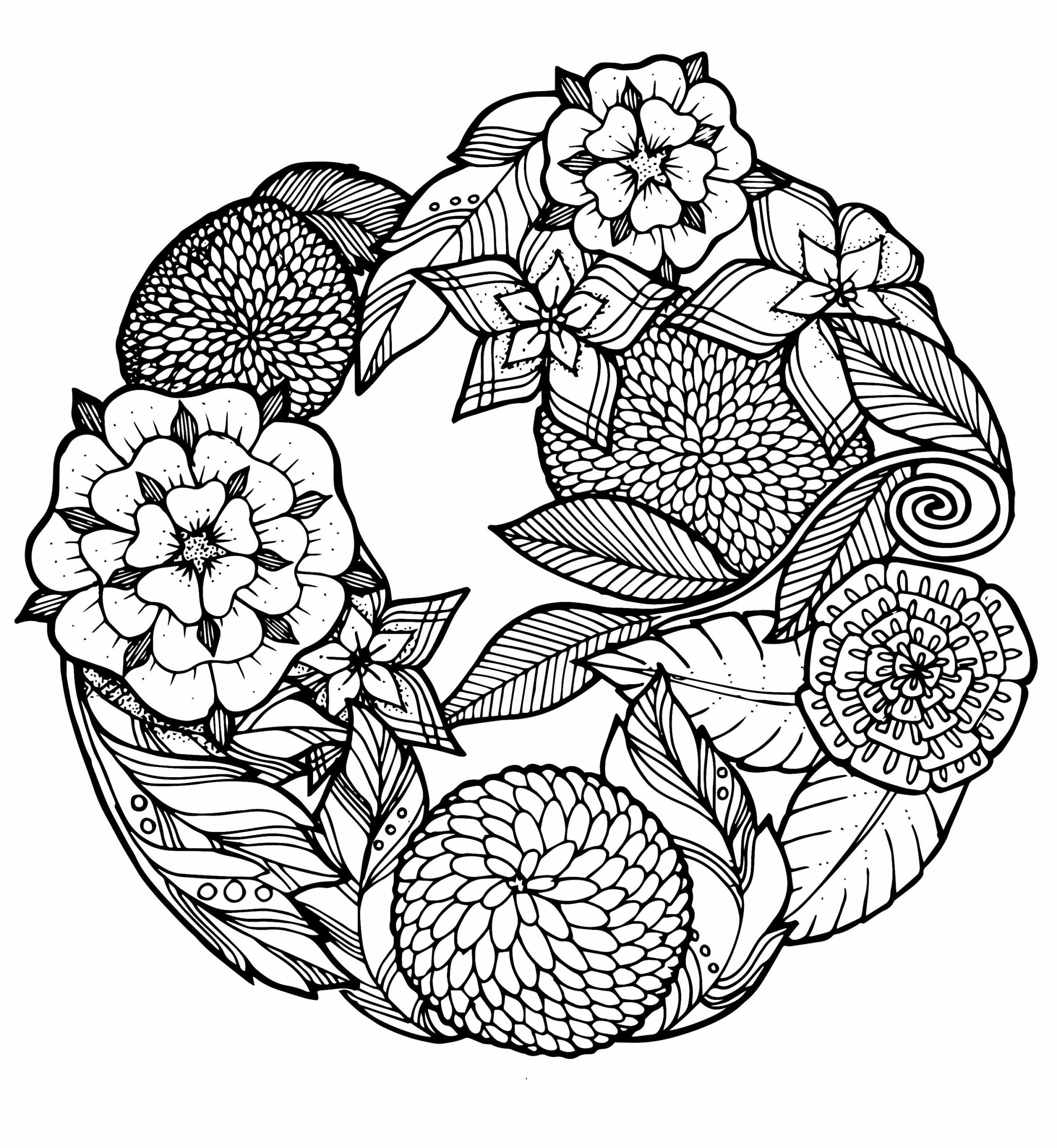
floral coloring pages for adults 
floral coloring pages printable 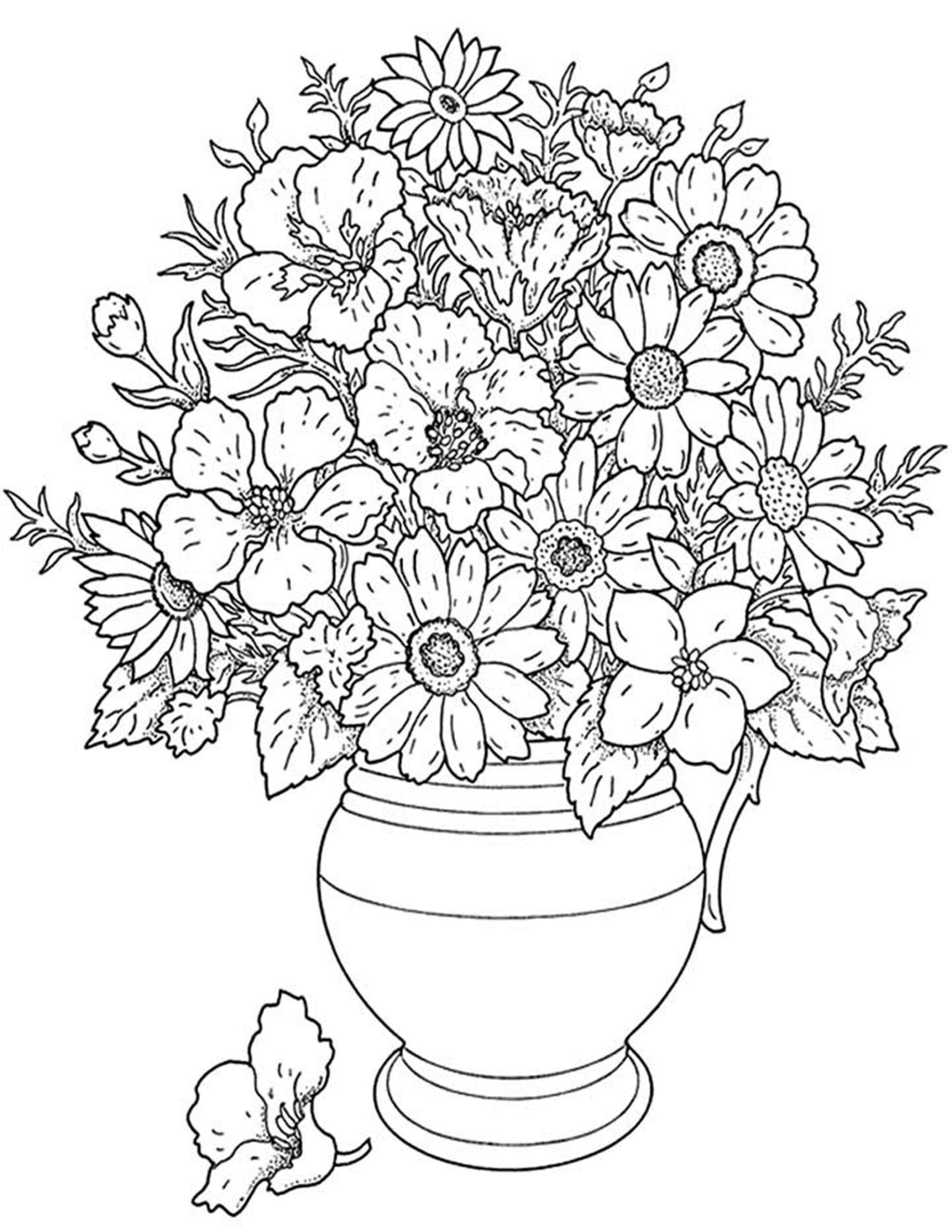
floral coloring pages 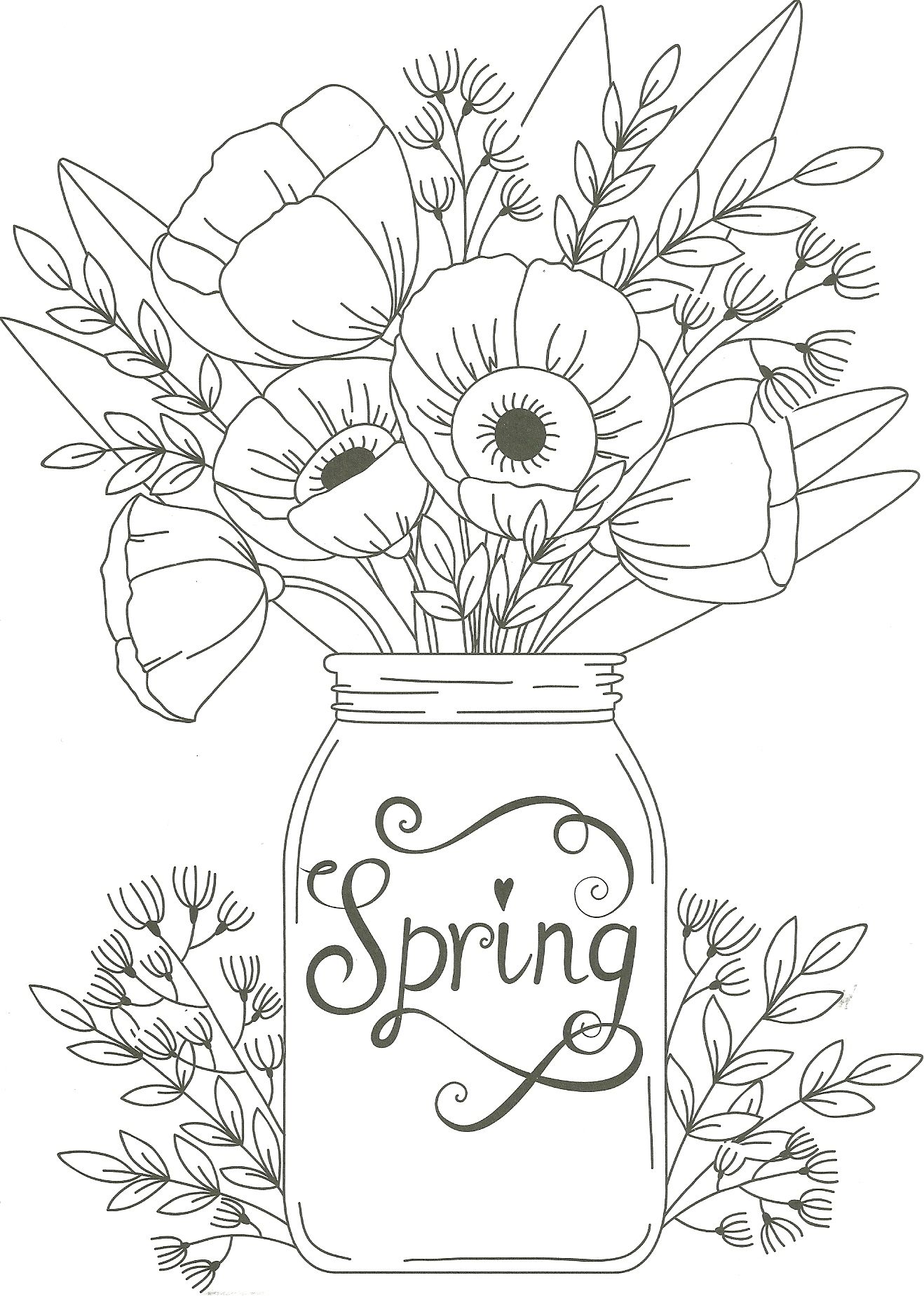
floral design coloring pages 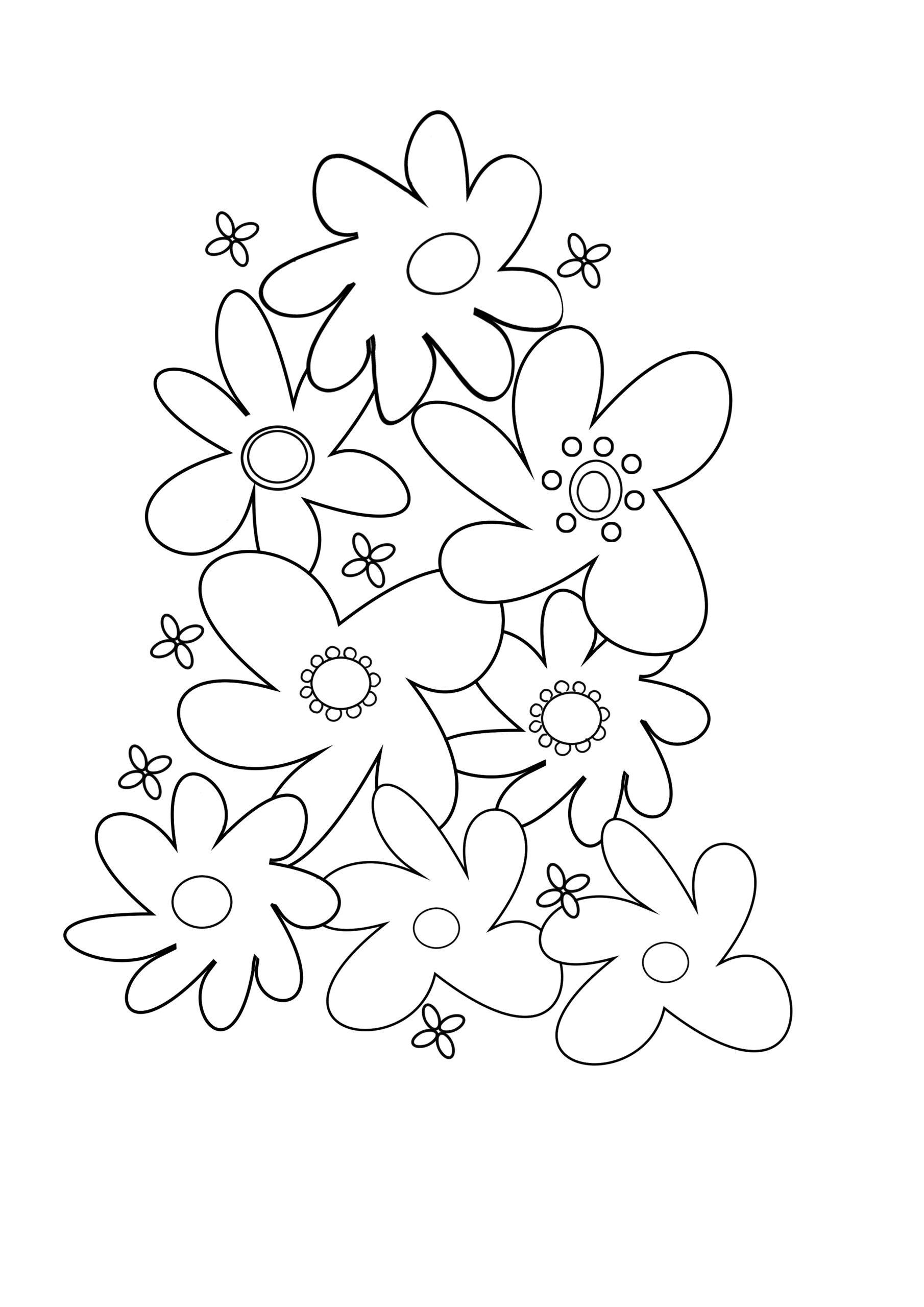
floral mandala coloring pages 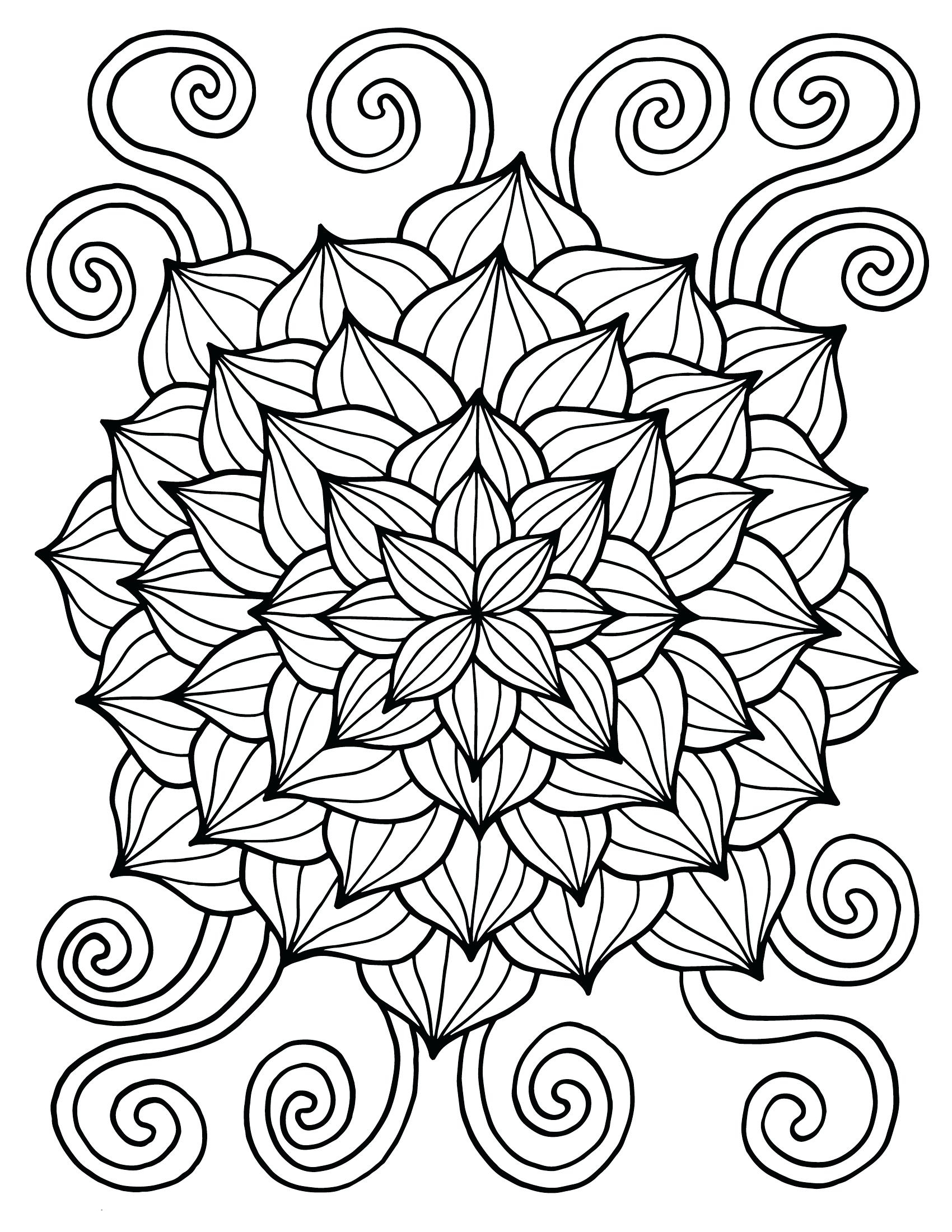
printable abstract flower coloring pages elegant coloring printa 
free floral coloring pages for adults 
free floral coloring pages 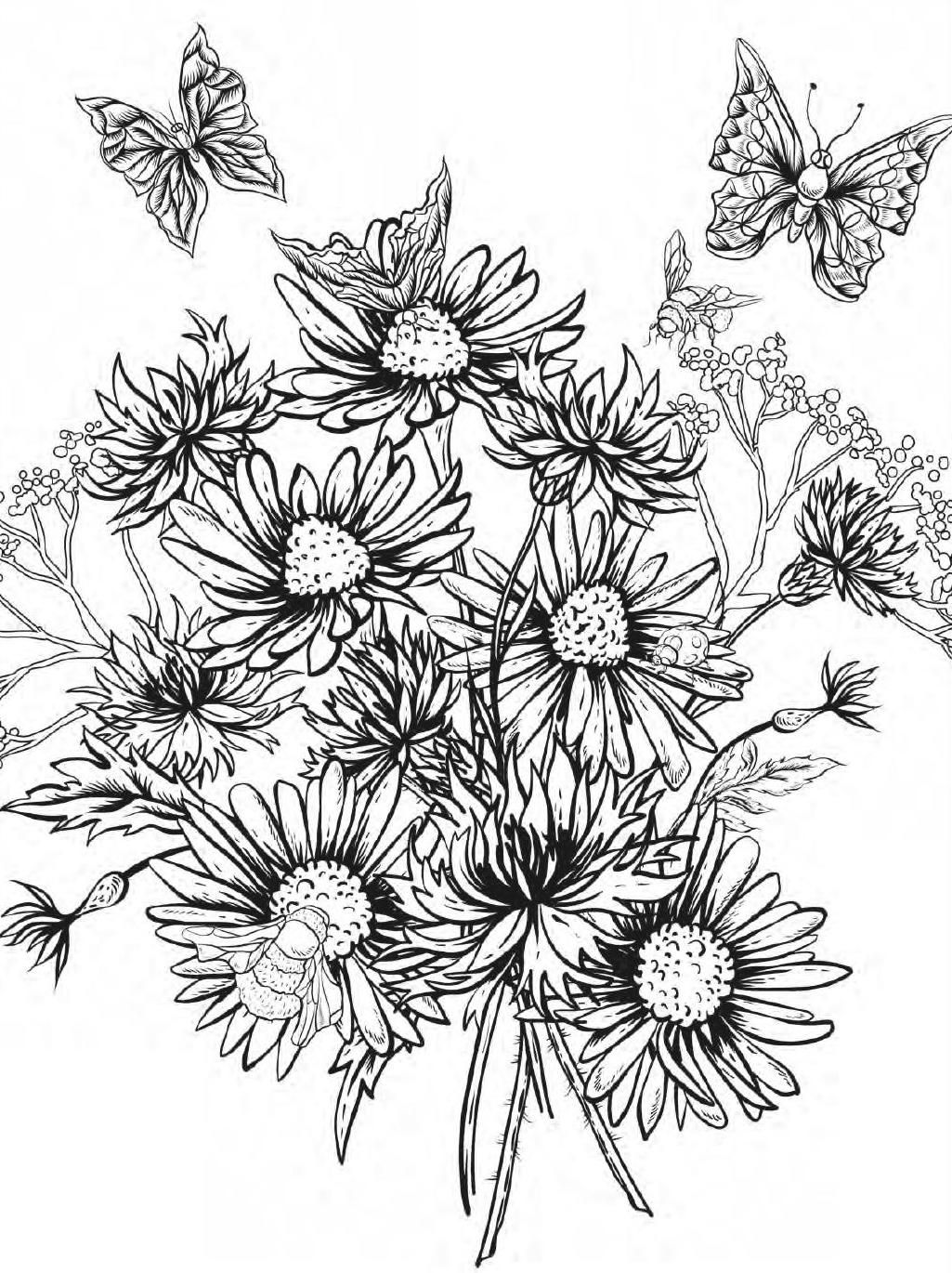
adult coloring pages floral
The flower comprises all the reproductive organs and “envelopes” that surround angiosperms (also called flowering plants).
After pollination, the flower is fertilized and becomes fruit-containing seeds. The flowers can be solitary but are usually grouped in inflorescences.
Very early, flowers have attracted human attention, which uses and cultivates them for ornament (garland), for interior decoration (cut flowers, bouquets, ikebana), and exterior (gardens, platform ribbons, etc.), as well as their scent and pigments.
Flowers have often inspired artists, painters, poets, sculptors, and decorators. The cultivation of flowers is floriculture or horticulture.
Most flowers are hermaphrodites; they are both male and female: they have a pistil and stamens.
The stamens are the male part (which releases the pollen) and the pistil, the female part (which receives the pollen).
Still, there are some plants such as pistachio or kiwi in which the flowers are hermaphrodite: they are either male or female.
They are gendered (scientists speak of the gonochoric flower). Other plants such as avocado flowers are successively male and female; this is called sequential hermaphroditism.
The hermaphrodite flower is composed of floral parts inserted in a floral receptacle. When the flower is complete, it includes four whorls of floral elements.
From the outside to the inside, we find:
– Calyx, formed by all the sepals;
– Corolla formed by all the petals;
– The androecium, i.e., all the stamens (male part), which produces pollen;
– Gynoecium or pistil, formed by all carpel (female part).